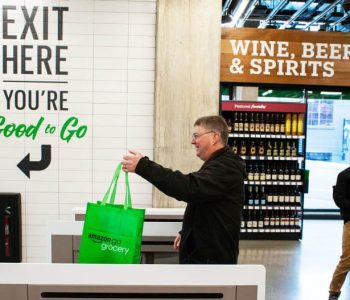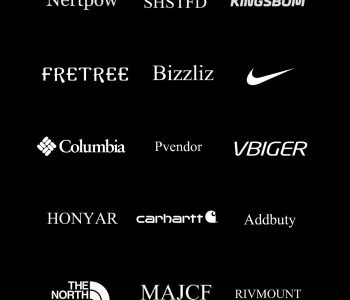 Brand
Brand
Big Brands, Online Startups Find Success Rests on Store…
This article points out a few interesting elements of what is going on with direct to consumer (D2C) online only brands: they’re needing traditional retail to scale. With VC economics behind them, they’re being forced quickly beyond their early adopter (and presumably profitable) customers into adjacencies which are expensive to acquire online and beyond the reach of their branding and viral efforts.
That reality is hitting some of the world’s biggest consumer-products companies, which collectively have invested billions of dollars in startups in recent years that sold directly to consumers. Meanwhile, upstart brands are finding they must move into stores to compete outside of niche territory—for at least two reasons, executives and analysts say. Big retailers can give brands critical visibility, and consumers generally prefer buying household staples in a single shopping trip to enrolling in many subscription services.
https://www.wsj.com/articles/big-brands-online-startups-find-success-rests-on-store-shelves-11575895927
I think there are a few things to learn from here:
1. Going it alone D2C with a new product can be expensive in building a new brand and marketing it. The world of PPC is not friendly to this especially in an established category. Even with creative use of social media and some viral help, that gets you to the early adopters but to cross the chasm to scale with profitability, that’s more difficult as most of these guys are finding out.
2. The nature of the product matters here. I agree with the sentiment that if its a “no thought, throw it into the basket” (which can include impulse buys) that works well with traditional brick & mortar merchandising. Ironically, its where B&M has an advantage over e-commerce as B&M has an inventory constraint issue but less of a display to customers “end cap” issue. It’s always been challenging to up sell in e-commerce (especially on Amazon).
3. Most of these brands (and many other similar ones we talked about) have a “no Amazon” approach. That makes sense at one level especially when you see the economics associated with Amazon and if you believe you have significant marketing prowess. They can build early adopter traction with creative marketing/branding efforts but Amazon is scale in e-commerce. And, if you haven’t planned that in your financial model, its looks (and likely is) unsustainable to try and go there and, ironically, traditional retail suddenly looks attractive.
The last point is particularly important. Amazon is its own beast. It’s a definite challenge especially if you’re a marketer seeing your brand is pushed to the side by the Amazon “halo” brand. However, D2C gets expensive when you need to scale to adjacent customer segments. Every product has an optimal reach with profitability. There might be another maxima above that with adjacent segments but seeking that is expensive and often doesn’t materialize.










